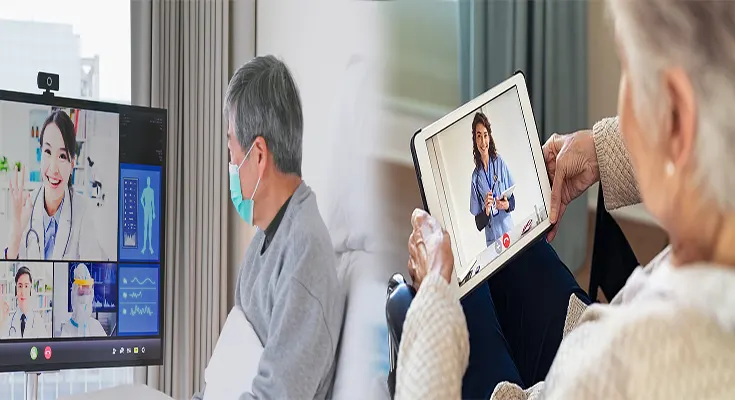Telehealth, the use of digital technologies to deliver healthcare services remotely, has revolutionized the way patients interact with healthcare providers and manage chronic diseases. The adoption of telehealth solutions has led to significant improvements in patient engagement and chronic disease management. Here, we explore the impact of telehealth on these crucial aspects of healthcare delivery:
1. Improved Patient Engagement
One of the key benefits of telehealth is its ability to enhance patient engagement. Through telehealth platforms, patients can easily access healthcare services from the comfort of their homes, eliminating the need for frequent in-person visits. This convenience leads to higher patient satisfaction, improved compliance with treatment plans, and increased patient-provider communication. Patients feel more empowered and engaged in their care when they have easy access to virtual consultations, remote monitoring tools, and secure messaging with healthcare providers.
2. Enhanced Disease Management
Telehealth plays a vital role in the management of chronic diseases by providing continuous monitoring and support to patients. Patients with chronic conditions such as diabetes, hypertension, or COPD can benefit from remote monitoring devices that track their vital signs and symptoms in real time. Healthcare providers can use this data to monitor disease progression, adjust treatment plans, and intervene early if any issues arise. By enabling proactive care management, telehealth helps patients better manage their chronic conditions and prevent exacerbations or complications.
3. Increased Access to Care
Telehealth has the potential to bridge the gap in healthcare access, especially for patients living in remote or underserved areas. Patients with chronic diseases who may have difficulty traveling to healthcare facilities regularly can benefit from telehealth services that bring care to their doorstep. Telehealth enables patients to consult with specialists, receive follow-up care, and access educational resources from anywhere with an internet connection. This increased access to care ensures that patients with chronic diseases receive timely interventions and ongoing support to manage their conditions effectively.
4. Personalized Care Plans
Telehealth allows healthcare providers to create personalized care plans tailored to individual patient needs. Through virtual consultations and remote monitoring, providers can gather detailed information about patients’ lifestyles, preferences, and treatment goals. This information can be used to develop customized care plans that address the unique challenges and goals of each patient. By engaging patients in shared decision-making and empowering them to be active participants in their care, telehealth helps improve treatment adherence and outcomes for patients with chronic diseases.
5. Remote Patient Education and Self-Management
Telehealth platforms offer opportunities for remote patient education and self-management support for individuals with chronic diseases. Patients can access educational materials, self-care resources, and interactive tools to learn more about their conditions and how to manage them effectively. Telehealth also enables providers to deliver remote coaching and behavioral interventions to help patients make healthy lifestyle changes and adhere to their treatment regimens. By empowering patients with knowledge and skills to self-manage their chronic diseases, telehealth contributes to improved health outcomes and quality of life.
The impact of telehealth on patient engagement and chronic disease management is profound and transformative. By enhancing patient engagement, improving disease management, increasing access to care, personalizing care plans, and supporting remote patient education and self-management, telehealth has the potential to revolutionize healthcare delivery and improve outcomes for patients with chronic diseases. As telehealth continues to evolve and expand, it holds great promise for shaping the future of healthcare and empowering patients to take control of their health and well-being.





